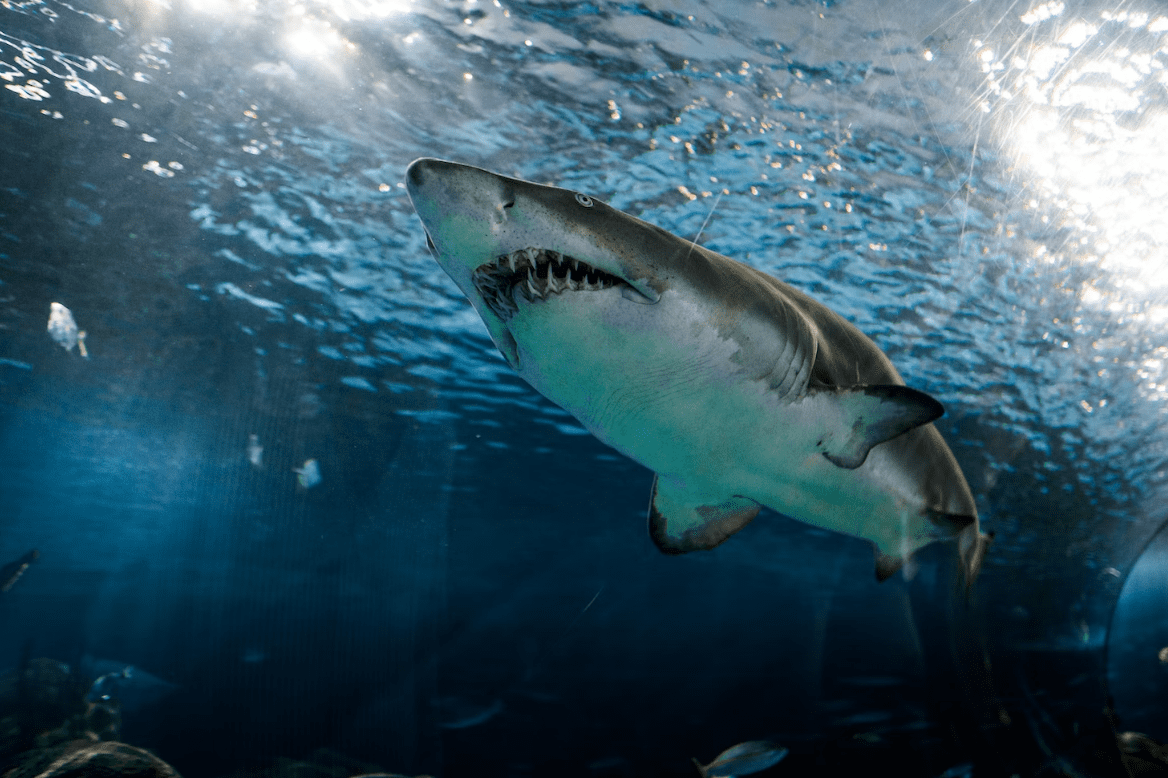A new study says that today’s sharks couldn’t eat a creature as big as a killer whale in just five bites, as an ancient shark once did.
Researchers used fossil evidence to create a 3D model of the megalodon, one of the largest predatory fish of all time, for a study published Wednesday.
The megalodon measured between 50 and 60 feet (15 and 18 metres) from nose to tail, making it about two to three times the size of a great white shark (Science Daily, 2018). Its enormous jaws allowed it to consume large prey, and after it had eaten, it could wander the oceans for weeks at a time, according to the researchers.
Its average cruising speed was faster than sharks today and it could have migrated across multiple oceans with ease, they calculated.
John Hutchinson, who studies the evolution of animal movement at England’s Royal Veterinary College, described the superpredator as being so dominant that “there is nothing really matching it.”
Scientists have had difficulty piecing together a detailed picture of the megalodon, according to study co-author Catalina Pimiento, a paleobiologist at the University of Zurich and Swansea University in Wales.
Because soft cartilage does not fossilize well, Pimiento said, the scientists relied on a limited number of specimens, including a rare set of vertebrae that has been housed at a Belgian museum since the 1860s.
Scientists also included a set of megalodon teeth, each as big as a human fist, according to Hutchinson. Modern great white sharks were scanned to flesh out the rest.
A team of scientists used digital modelling to estimate that the megalodon weighed about 70 tons, roughly the same as 10 elephants.
According to Pimiento, megalodon may have eaten other high-level predators, since its jaw was capable of opening to almost 6 feet (2 meters) wide.
Megalodons lived between 23 million and 2.6 million years ago.
Because megalodon fossils are rare, these kinds of models require a “leap of imagination,” said Michael Gottfried, a paleontologist at Michigan State University who was not involved in the study. Based on what is known about the giant shark, he said the study’s findings are reasonable.
Picture by Marcelo Cidrack



















